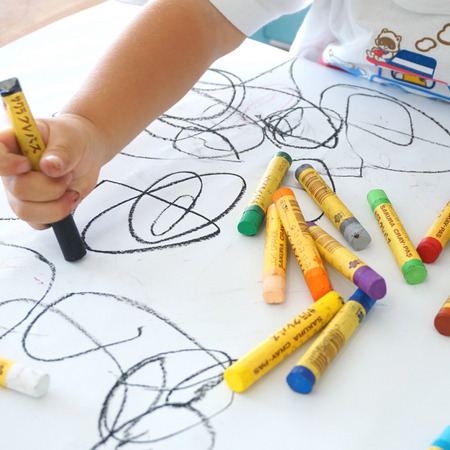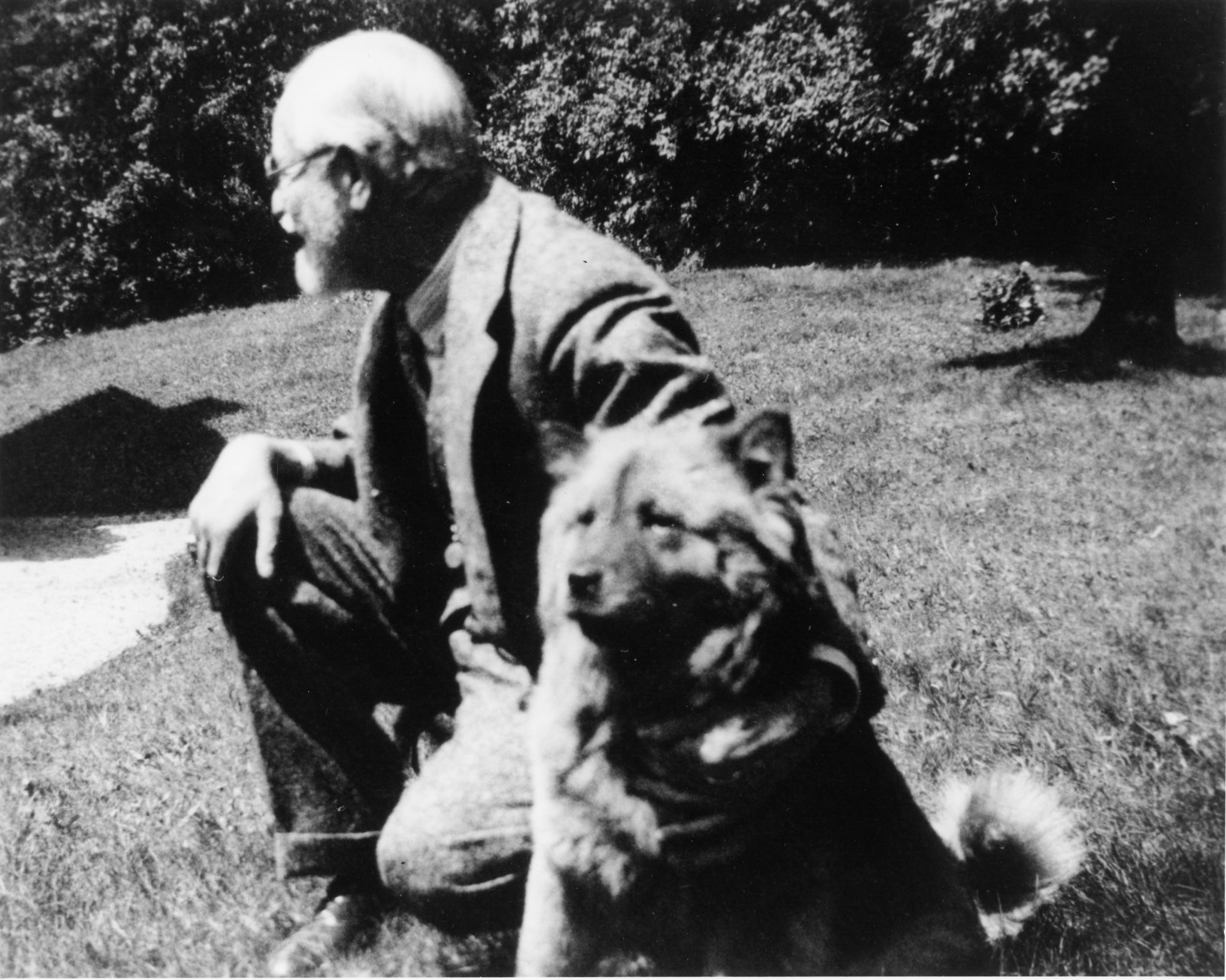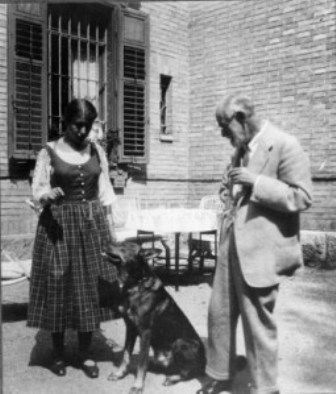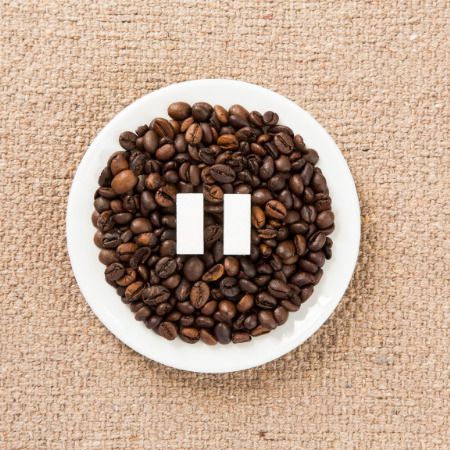“‘Cause when you get older, life gets colder
Clara Benin
Sometimes I just wanna hit pause, but I’m afraid I’ll never press play again…”
When was the last time you checked in with yourself and asked how you’re truly doing?
With all the demands that life throws at us, we may easily fall into the trap of mindlessness, juggling many things all at once without examining ourselves in the process; thereby, running the risk of wearing ourselves out in the long run. Add to it the culture we live in where busyness, overproductivity, and urgency are being glorified. Who has the luxury to be still a few minutes in a day when work pressures you to submit it now? Who even cares about how you feel when outputs have become implied measures of one’s worth? If we won’t make deliberate choices for our wellbeing, these can be detrimental to our health and our ability to flourish as we live this one precious life we’re gifted with.
Press Pause and Tune In
Think of the self like a musical instrument, say, for example, a guitar. It would be pointless to sing and be accompanied by it if the instrument is out of tune. In order to maximize the value and function of a guitar (and this goes with most instruments), it has to be set in proper tuning. Too much tightness could cause the strings to break. On the other end, when you don’t plan to use the guitar for quite some time, it’s best to loosen up the strings in order to prevent them from possibly breaking.
The same goes for us, human beings. When we’re constantly exposed to stress and we’re unable to release the tension, it affects how we think, feel and relate with others in negative ways. Moreover, our bodies will eventually suffer and it may manifest as physical illnesses. In order to be at our optimal selves, we need to pause, tune ourselves, and acknowledge where we are at the moment with gentleness and self-compassion.
Tuning ourselves may look different for each of us, just like getting quality sleep, eating healthy foods, ensuring that we’re regularly connected with the people we love and who support us, having a me-time, creating space to feel both pleasant and unpleasant emotions, being mindfully aware as thoughts and feelings come and go in the present moment. The last two may take time some practice in order to cultivate such awareness, but one tool has been helpful in making it happen— music.
Permission to feel

Who gave you permission to feel?
Music.
What seemed to be just a moment of mindless scrolling on Twitter ended up as an “aha!” moment that eventually led me to reflective mode, just like how you listen to a song for the first time, and it suddenly hits right in the feels. Familiar, isn’t it?
Whether as a listener or creator, one cannot deny the power of music in evoking emotions. We know from experience how music gives us the comfort we need when going through difficult times, the focus and energy boost in completing tasks, and even transporting us back into key events in our lives where we try to make meaning and reconstruct our own narrative. It serves a myriad of functions, most especially in enhancing our wellbeing.
Music and wellbeing
1. Music as a safe space for feelings
“Perhaps the therapeutic use of music allows people to
experience emotions safely… (Wilkinson, 2018).” Remember the moments you listened to music when you needed a good cry or you need to feel calm. Maybe the lyrics resonated with what you’re currently going through, which gives you a sense of comfort, the feeling of being held, and the validation that you’re not alone. Or, if you’re a musician and you’re trying to capture your feelings into melodies, the act of playing your instrument becomes cathartic for
you. A song is like a friend who provides that safe, grounding, and non-judgmental space that gives you permission to feel in that present moment. Joy, sadness, fear, anger, hope, love, awe— all emotions are welcome here. These “permission to feel” moments are important in maintaining our wellbeing since it allows us to acknowledge the complexities of our emotions which is key to emotion regulation, instead of running away or numbing them.
A qualitative study by Saarikallio (2010) explored music-related strategies of emotional self-regulation during adulthood and found that participants turn to music for:
- happy mood maintenance
- revival and relaxation especially when tired
- strong sensations and powerful emotional experiences such as intense enjoyment, deep concentration and emotional involvement in music (e.g. being part of an opera production or watching a live concert)
- diversion or distraction from unwanted thoughts and feelings
- discharge and disclosure—that is, releasing and venting anger or sadness through music that expressed these emotions
- mental work such as being able to face, contemplate and work through unsettling emotional experiences,
- solace— acting like a comforting friend who understands and accepts you when you feel sad, melancholic or hopeless; and
- ‘psyching up’— uplifting one’s mood and raisingone’s energy levels for an activity.
2. Music helps us get “in the zone”
Being completely absorbed in an activity that you lose track of time is known as flow or commonly known as “in the zone”. This intense and focused concentration on the present moment can be achieved through the help of music. You may recall a time that listening to an ambient or instrumental music helped you stay focused in finishing a task such as writing or studying for an exam. According to Mihály Csíkszentmihályi (2014), the main proponent of the concept of flow:
“merely having music playing in the background does not evoke flow, but listening to music as the main activity so that attention can be focused on the music is an important precondition for getting into and staying in flow.”
Mihály Csíkszentmihályi (2014)
The key then is to listen mindfully to the music. To practice, set aside at least five minutes to listen mindfully to a song of your choice (one that doesn’t have lyrics), sit with it and listen to all the elements used in the song, from the instruments used to how it’s arranged. As you cultivate mindful listening to the music, it increases your likelihood of getting into flow.
3. Music as a tool for enhancing social connections
There is no doubt that music is best enjoyed when it is experienced and shared with others— whether that could take in a form of singing together in a group (karaoke sessions), teaching another person on how to play an instrument, meeting strangers who have turned into friends in a concert of your favorite band, curating a playlist for your loved one and sharing it to them ‘cause that’s your love language, or being part of a fan group and interacting with the artist. Sometimes, when we’re having difficulty in articulating our thoughts and feelings to our friends, it helps to share instead a song that relates to our experience so that our friend would understand where we are. Koelsch (2013) reviews the social functions of music such as being able to increase contact, coordination and cooperation with others, engage in social cognition wherein the listener tries to understand the intent and message of the artist expressed in the song, participate in co-pathy (a social function of empathy), which all leads to social cohesion— satisfying our human need to belong.
Truly, music allows us to feel connected to all of humanity. Music indeed is a gift to us, especially as we continue to take care of our wellbeing. May we practice tuning in to ourselves with the help of music, allowing it to take us to places of our souls that need some tending. And just “be”.
Sources:
- Csikszentmihalyi, M. (2014). Flow and the foundations of positive psychology: The collected works of Mihaly Csikszentmihalyi. Retrieved from https://doi.org/10.1007/978-94-017-9088-8
- Koelsch, S. (2013). From Social Contact to Social Cohesion—The 7 Cs. Music and Medicine, 5, 204-209. Retrieved from https://stefan koelsch.de/papers/koelsch_2013_from_social_contact_to_social_cohesion_the_7_cs.pdf
- Saarikallio, S. (2010). Music as emotional self-regulation throughout adulthood. Psychology of Music, 39(3), 307–327. doi:10.1177/0305735610374894
- Wilkinson, R. (2018). Foreword. In N. Sunderland, N. Lewandowski, D. Bendrups, B.L. Bartleet, Music, Health and Wellbeing Exploring Music for Health Equity and Social Justice. Retrieved from https://doi.org/10.1057/978-1-349-95284-7







